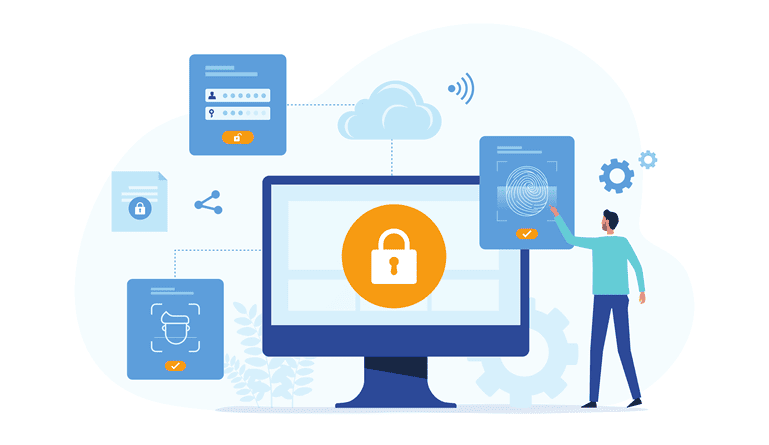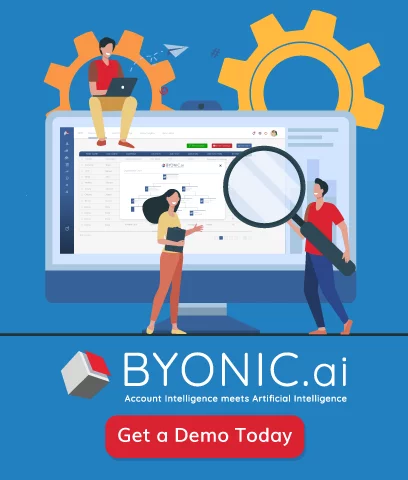Understand what technologies are essential for modern data architecture.
Modern data architecture has changed recently and is much more efficient and accurate than the architecture that was once in place for almost 30 years. Understanding the essential technologies required for a modern data architecture will allow your company to get the most out of its data, ensuring that the company is operating as smoothly as possible.
Data is vital to the survival of companies today. Without fast, easy, flexible access to large amounts of data, companies will not understand their customers, know how to improve their business, and won’t be able to compete in their markets. Modern data architecture is undergoing a re-platforming process because, even though former platforms were in place for nearly 30 years, they can no longer keep up with the workloads needed today to drive businesses forward. As a modern data architect, your job is to handle this re-platforming. The first step to ensure that your efforts are successful is to create a data architecture strategy for the modern-day workload of your company.
The next step is to understand the essential technologies you’ll need to achieve this success.
Keys to Modern Data Architecture
NoSQL Databases
The traditional database that dominated data architecture for nearly 30 years is no longer adequate to handle the growing volume of data companies need to be successful today. NoSQL databases are now the required database companies must use to be able to handle their massive amounts of data because of their speed and ability to scale. With these modern databases, companies are able to respond more quickly to the needs of their customers and to internal needs as well.
Streaming Platforms
Not only have data architecture principles and standards changed but so has the way companies offer customer experience. Customers now require real-time responses from companies and companies need to be able to react to their customers in real time. In order for companies to deliver real-time responses and support to their customers, they require a streaming platform. Streaming platforms are far more superior to the older message-driven applications companies once used. This is because these platforms scale far better and at a lower price for the company. Streaming platforms provide a real-time feedback loop to software development and testing teams, allowing companies to provide the best customer experiences, creating satisfied, loyal customers.
Docker and Container Technology
Traditionally, separate, fixed resources were used for each workload creating infrastructure isolation. This made it easier to troubleshoot issues but did not utilize the hardware used and it was costly for organizations. With modern data architecture, though, container technology has the ability to run on bare-metal hardware in an on-premises data center or even in a virtual machine in the public cloud requiring no changes. This workload mobility has enabled companies to change the way they operate and the scale they operate at.
Modern data architecture is removing the barriers that were once there to use data and even providing more flexible databases and real-time streaming platforms to enable companies to get the most out of their data. If you are wondering how to create more efficient data architecture within your company, think about the different ways data architecture has changed recently and make sure you are utilizing all of these changes to get the most out of your data.





